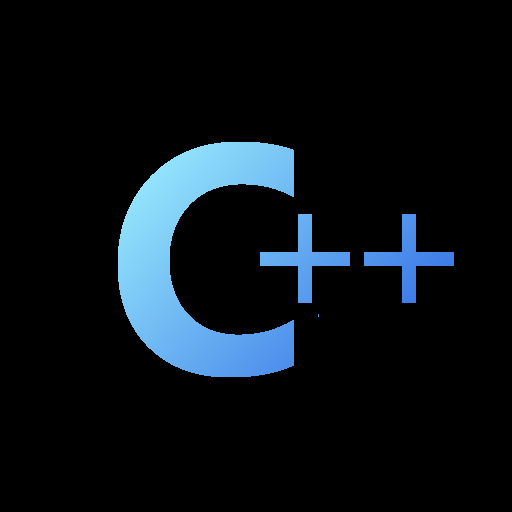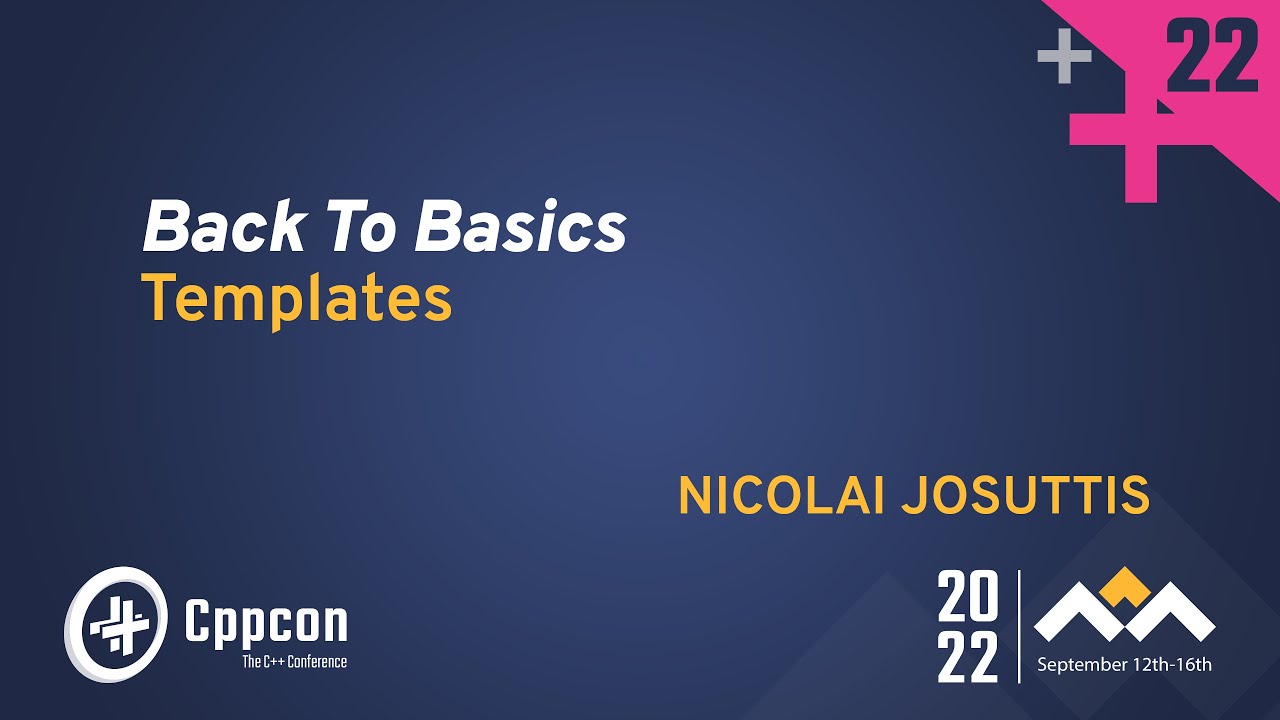
Cinny supports custom emoji reactions and stickers, enough said :P
More seriously, yes. It looks very good, has the right amount of settings, and it’s pretty intuitive. It doesn’t do the silly thing Element does for stickers where you need to selfhost a webpage (for which I shall forever be salty about), you can just join a stickers room and enable stickers globally or just add stickers manually.







In that section, if you click the button to configure the Mouse Mark effect, you can see the shortcuts for clearing Mouse Mark: